In the world of houseplant care, few topics spark more debate than misting. From casual Instagram posts to plant-care YouTube channels, some swear by daily spritzing while others say it’s a waste of time—or even harmful. But what does the science say in 2025? Should you be misting your indoor plants, or not?
This article breaks down the pros, cons, and myths around misting, drawing from up-to-date botanical insights and practical care strategies for modern indoor environments.

What Does “Misting” Really Do?
Misting refers to lightly spraying water over the foliage of a plant using a spray bottle. It’s usually done to:
- Increase local humidity
- Hydrate leaf surfaces
- Mimic natural tropical rainfall
- Cool the plant on hot days
The logic behind misting is especially attractive for tropical plants like ferns, calatheas, and monsteras, which originate in humid climates. But misting isn’t a one-size-fits-all solution.
The Humidity Myth: Is Misting Effective?
Most houseplant owners mist to raise humidity. However, studies and horticulturists agree that misting raises humidity only for a few minutes—sometimes seconds. Unlike a humidifier or closed terrarium, misting does not create a sustained microclimate. In fact, in a typical dry room with moving air, the humidity increase dissipates quickly.
If your goal is to genuinely improve humidity for tropical plants, a room humidifier or humidity tray is far more effective than misting.
When Misting Helps
That said, misting isn’t completely useless. In certain scenarios, it may be helpful:
1. Temporary Cooling
On hot summer days, a light misting can help cool leaf surfaces. This is particularly useful if your plant is near a bright window with rising temperatures.
2. Leaf Cleaning
Misting followed by a soft cloth wipe helps remove dust from large-leaf plants like fiddle leaf figs or rubber plants.
3. For Propagation
Cuttings in high-humidity propagation boxes may benefit from misting to maintain moisture near new growth.
4. Humidity-Loving Plants
Ferns, calatheas, and air plants (tillandsia) may enjoy the brief misting boost, especially if done consistently and in the morning.
Also Read- The Instagram-Ready Plant: Why Aglaonema Pink Keeps Going Viral in 2025
When Misting Can Be Harmful
Misting isn’t always benign. In fact, done improperly, it can cause more harm than good.
1. Fungal Growth
Constant wetness on leaves, especially in low air circulation, invites powdery mildew, mold, and fungal infections.
2. Water Spots and Damage
Hard water leaves mineral spots on dark green foliage, ruining the aesthetic and possibly clogging pores (stomata).
3. Encouraging Pests
Moist environments attract spider mites, aphids, and fungal gnats. These pests thrive when foliage remains damp.
4. Leaf Burn in Sunlight
Water droplets can act like magnifying glasses. Misting under direct sun can lead to scorched leaves.
Also Read- Top Signs Your Indoor Plant Needs Nutrients and How to Fix It Naturally
Best Practices If You Decide to Mist
If you still prefer to mist, make sure to follow these best practices:
- Time it right: Mist early in the morning so leaves dry out before nightfall.
- Use filtered or distilled water: This avoids mineral spots and chemical residue from tap water.
- Don’t soak: Light, even misting is key. Avoid drenching.
- Know your plant: Not all plants like misting. For example, succulents, snake plants, and ZZ plants do not benefit at all and may rot if misted.
- Monitor airflow: Ensure the room is well-ventilated to prevent damp conditions that lead to disease.
Plants That May Appreciate Occasional Misting
- Maidenhair Fern
- Boston Fern
- Calathea
- Fittonia (Nerve Plant)
- Maranta (Prayer Plant)
- Alocasia (some varieties)
- Tillandsia (Air Plants)
For these species, misting is a supplementary measure but not a replacement for consistent humidity or soil hydration.
Plants That Should Not Be Misted
- Succulents and cacti
- ZZ plants
- Snake plants (Sansevieria)
- Pothos (doesn’t need it)
- Fiddle Leaf Fig (better to wipe with a damp cloth instead)
- Any plant with fuzzy leaves (like African violets)
Misting these plants can lead to rot, pests, or leaf discoloration.
Alternatives to Misting
If your goal is healthy, hydrated houseplants, consider these more effective and less risky strategies:
1. Use a Room Humidifier
Ideal for tropical plant rooms, especially in dry climates or during winter heating.
2. Group Your Plants Together
Clustering plants increases humidity around them via transpiration.
3. Pebble Tray
Place a tray of pebbles and water beneath your pot. As the water evaporates, humidity rises.
4. Leaf Cleaning Wipe
Instead of misting, use a damp cloth to clean large leaves. This hydrates the surface without leaving excess moisture behind.
5. Proper Watering
Focus on watering at the root zone. A well-hydrated plant has less need for surface misting.
What the Science Says in 2025
Modern horticultural research continues to confirm that misting is not a substitute for proper humidity control. While it may help under very specific conditions, it’s not a universal care technique and should be applied selectively, based on the plant species and environment.
Many professional growers now discourage regular misting unless paired with proper ventilation and environmental control, especially in enclosed terrariums or greenhouses where conditions are tightly managed.
Final Thoughts
So, should you mist your indoor plants?
The answer depends on the plant, the room, and your expectations. Misting may have a place in your care routine—but it’s not a cure-all. For many plants, a well-thought-out watering schedule, improved humidity, and leaf cleaning go much further.
If you enjoy misting, do it wisely. But remember, the health of your plant lies not in the spritz, but in the soil, the light, and the air around it.


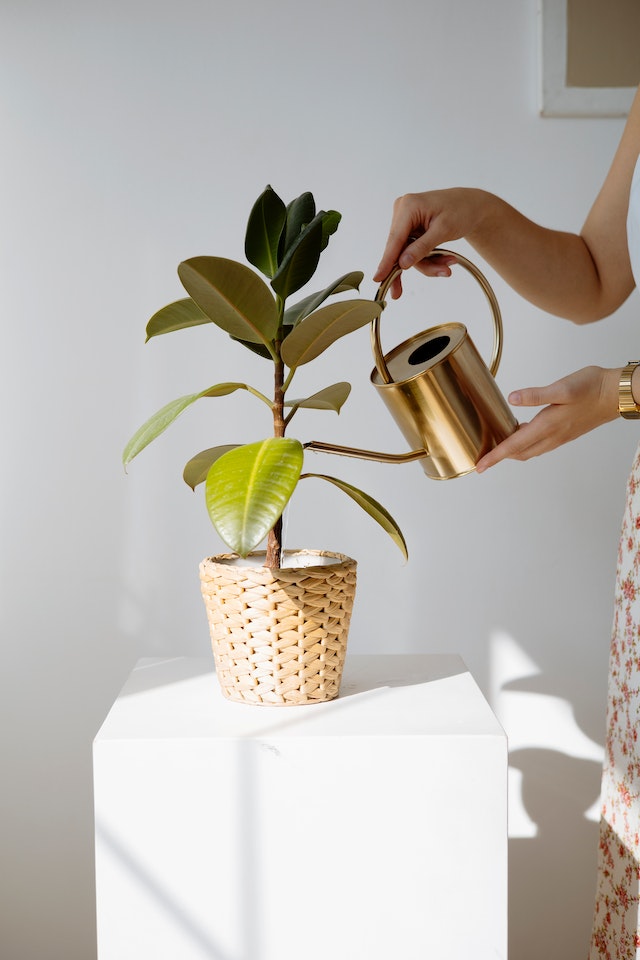
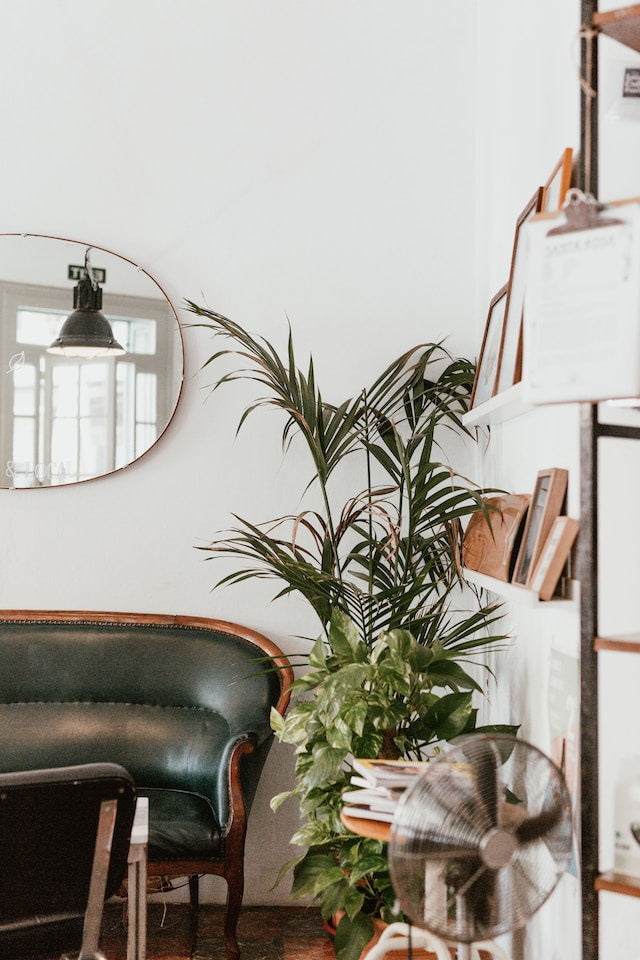
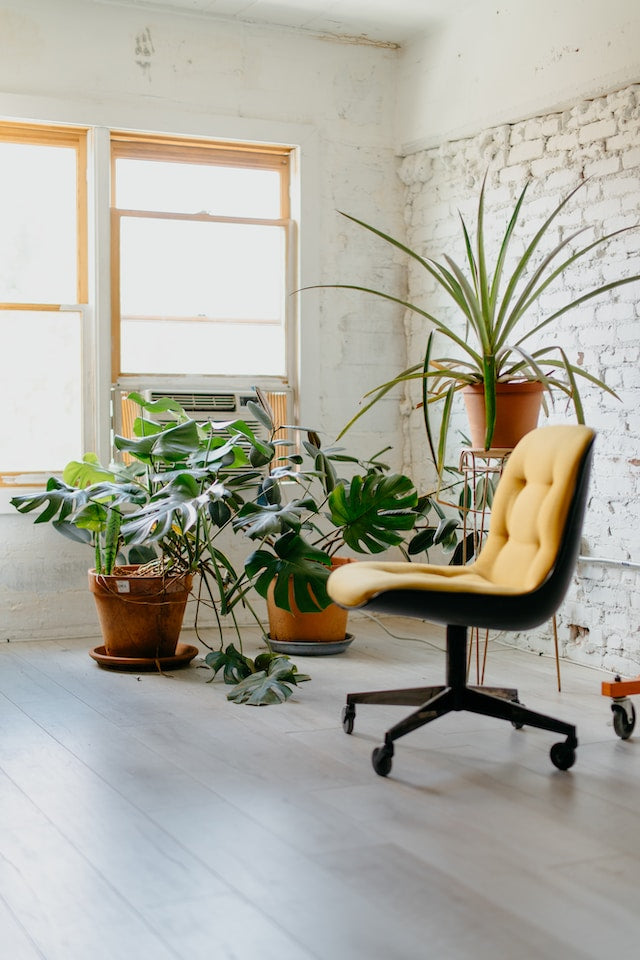
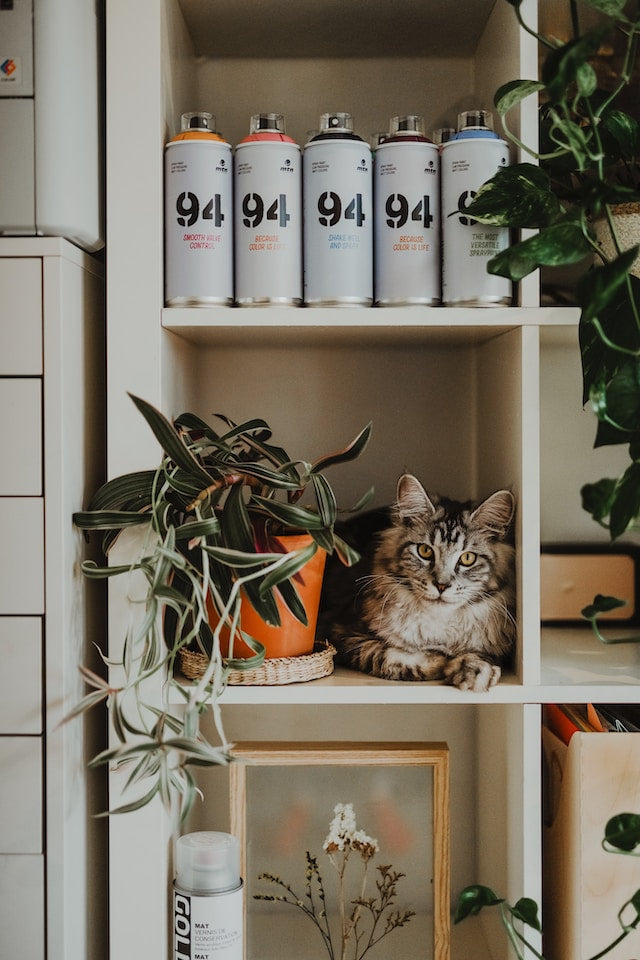
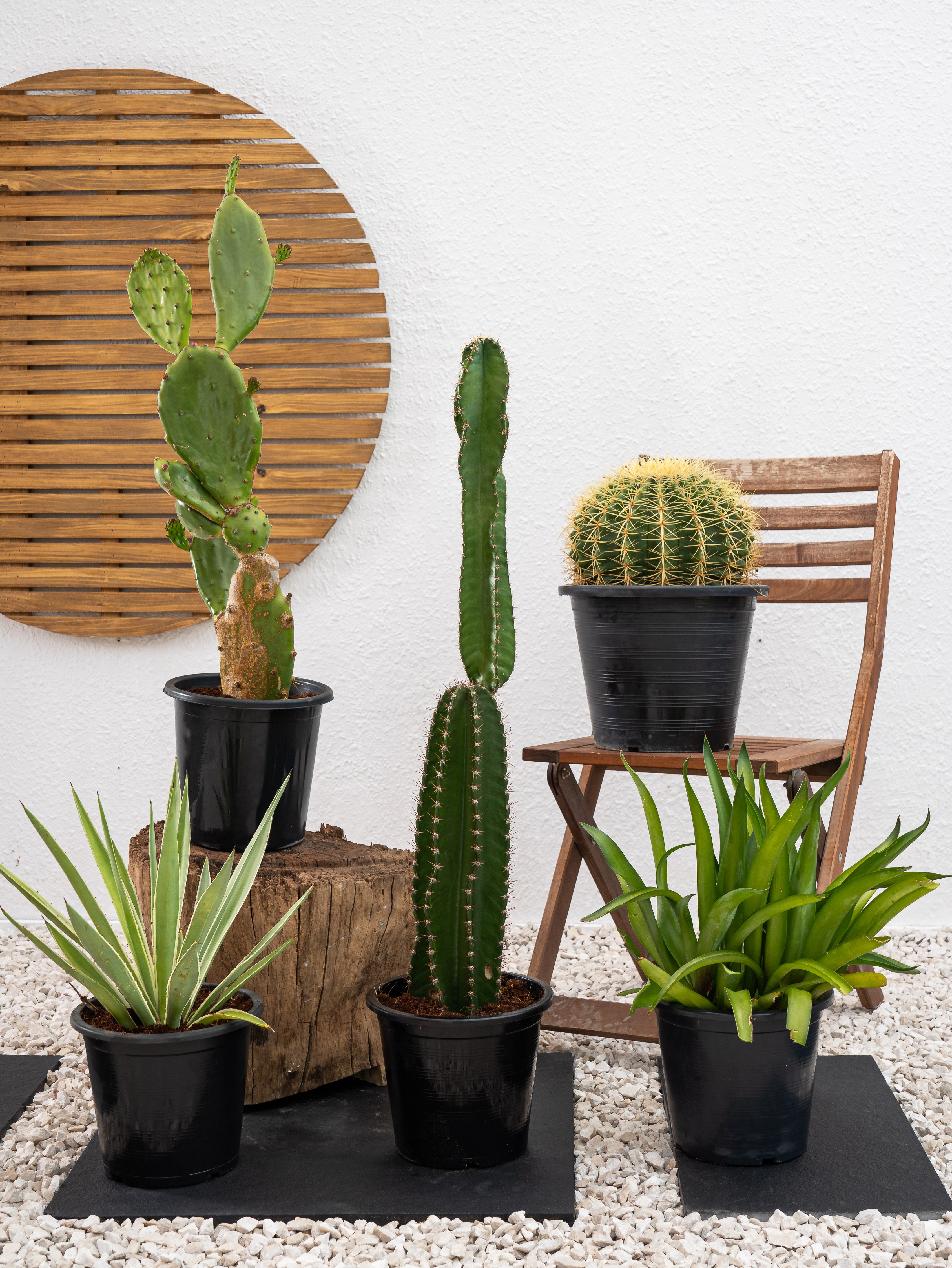
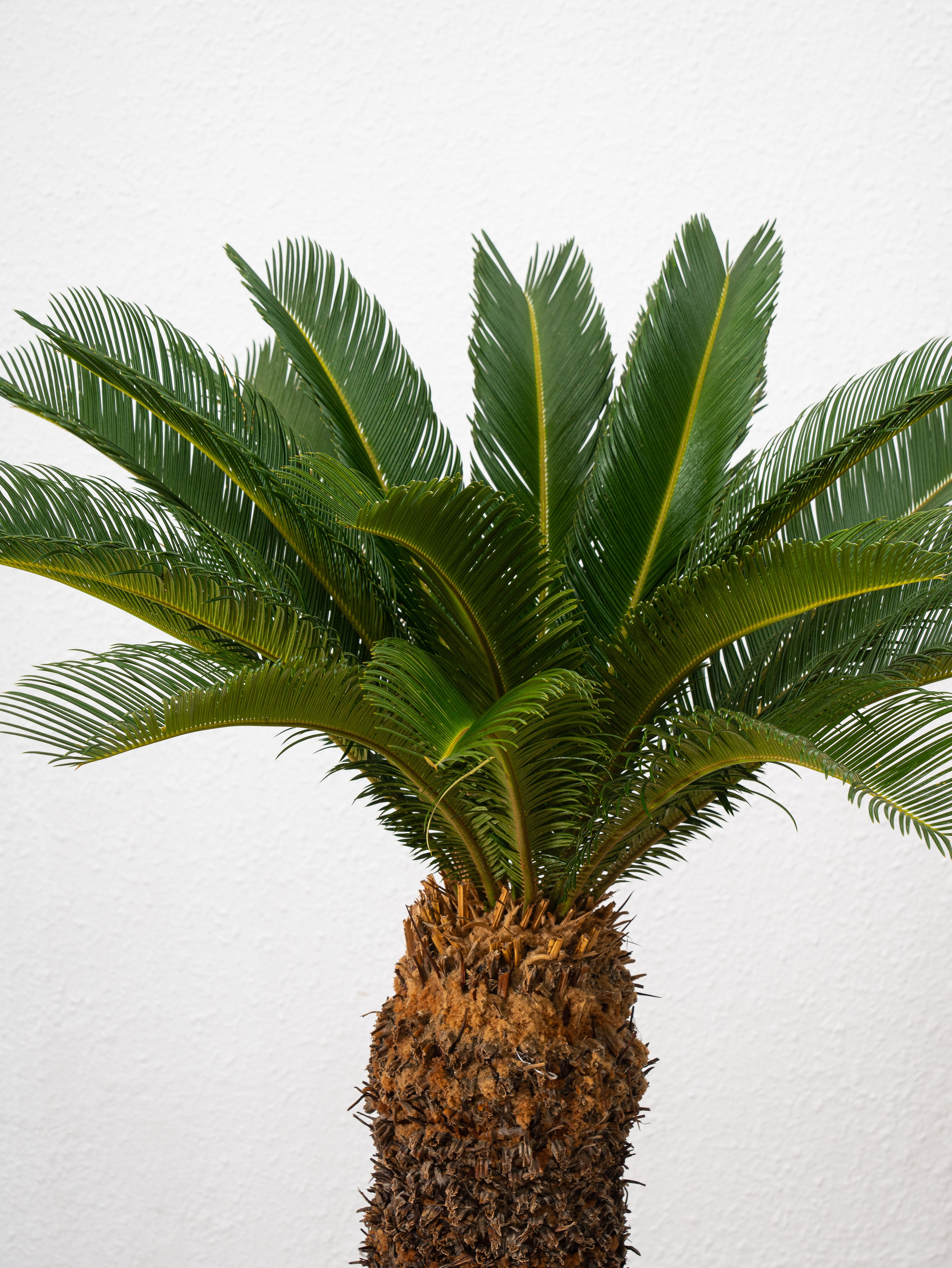
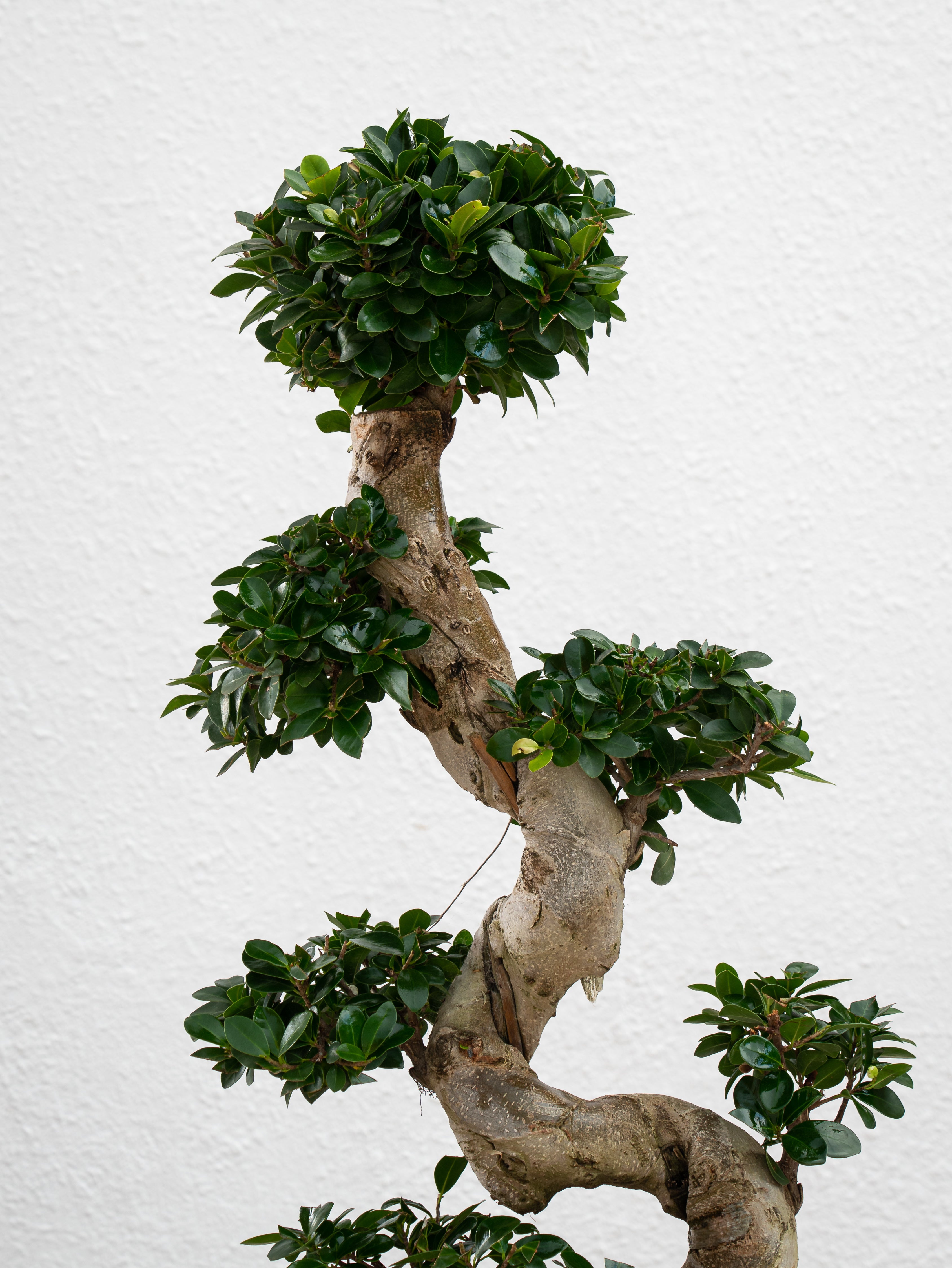
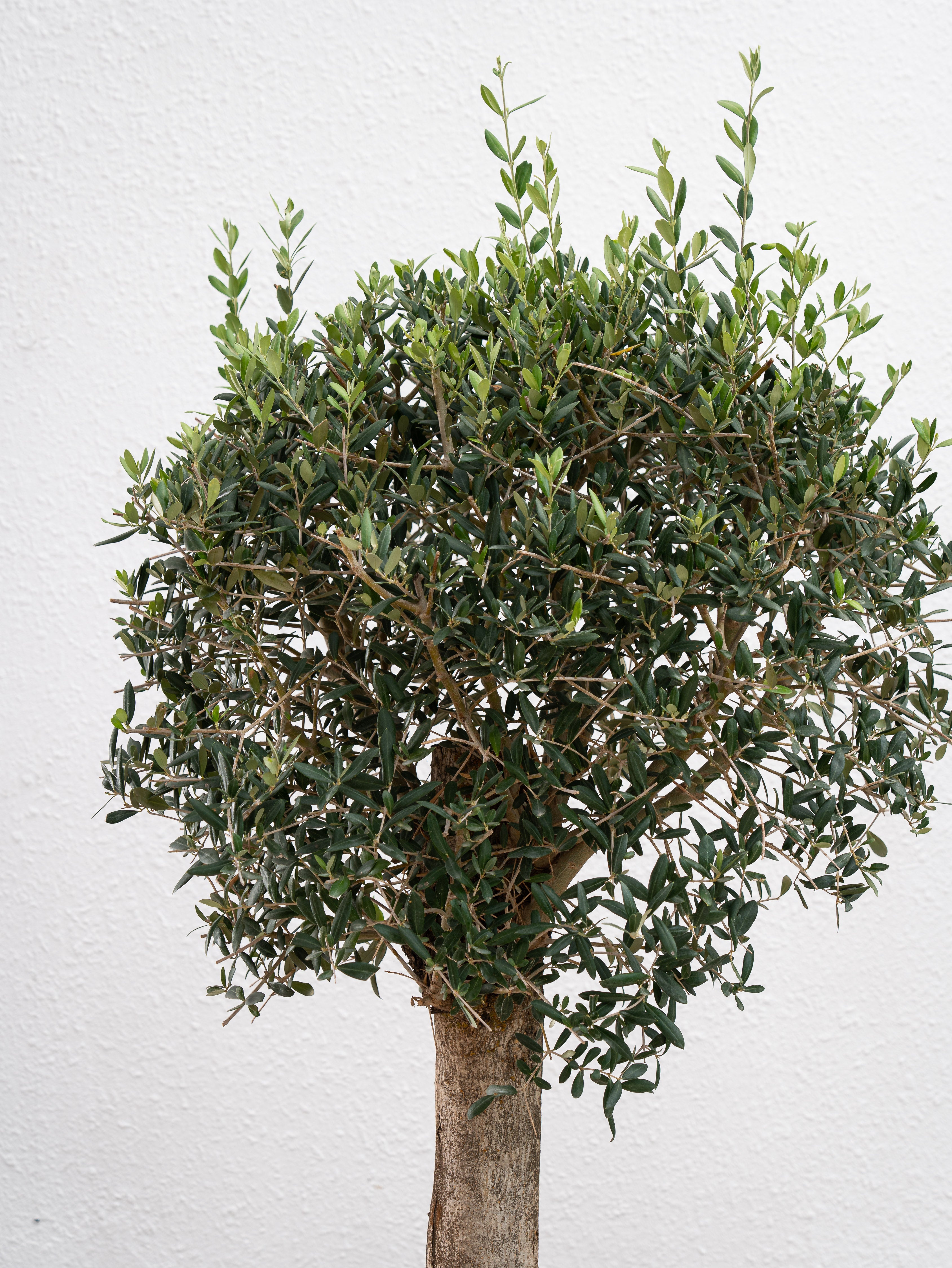
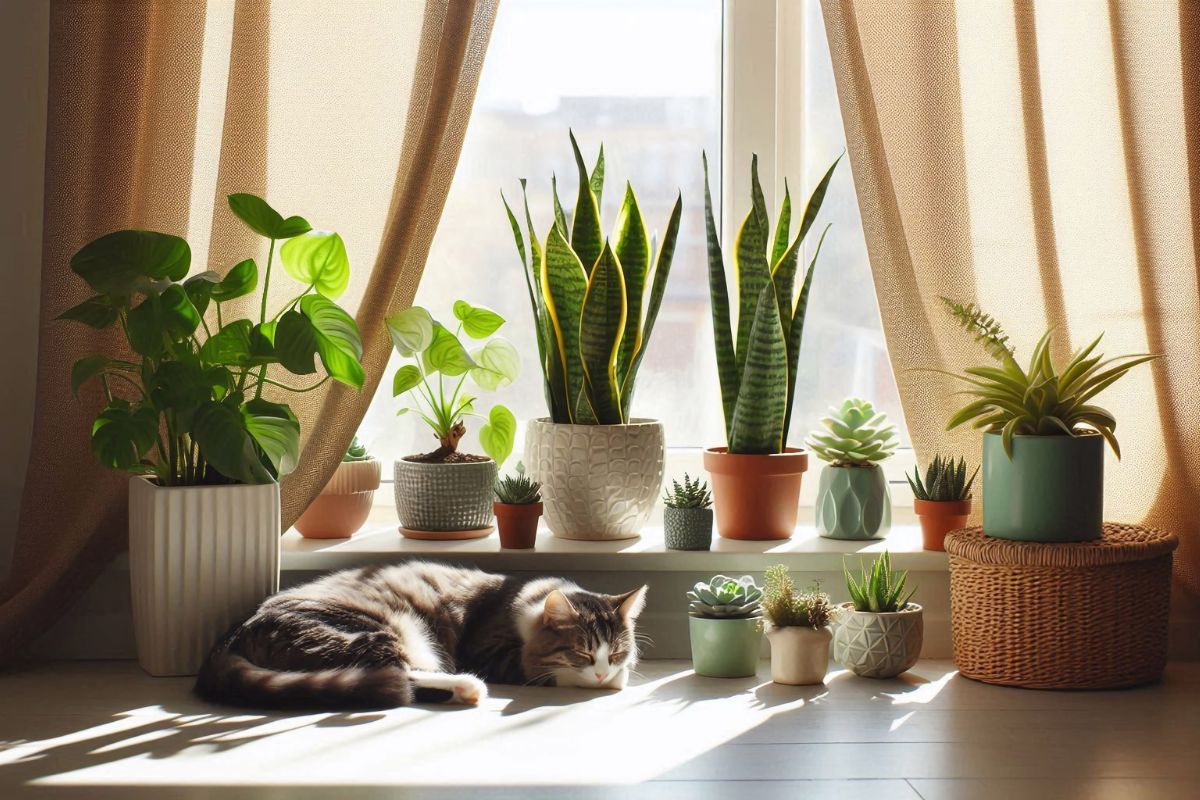
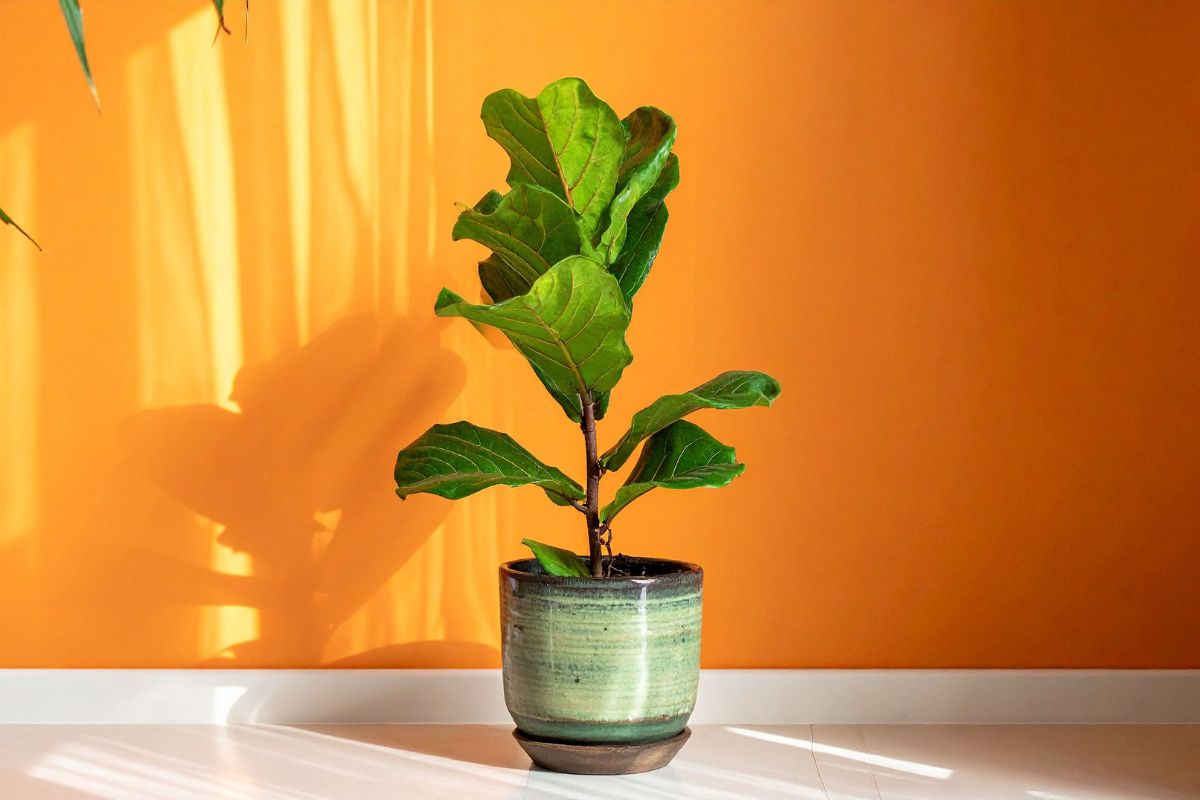
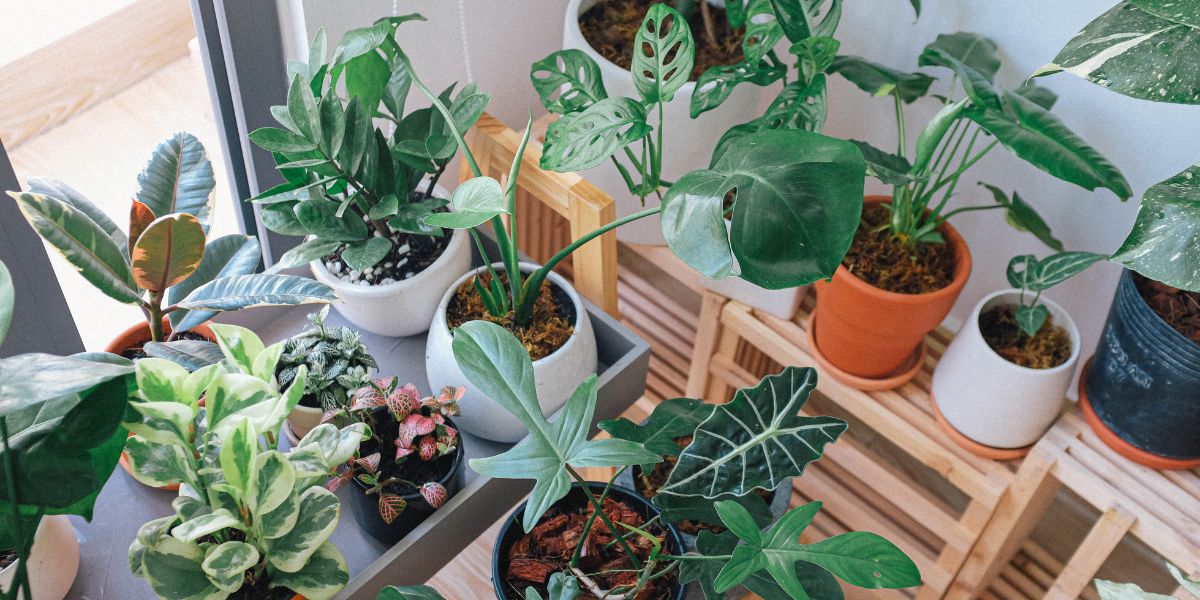
Leave a comment
This site is protected by hCaptcha and the hCaptcha Privacy Policy and Terms of Service apply.